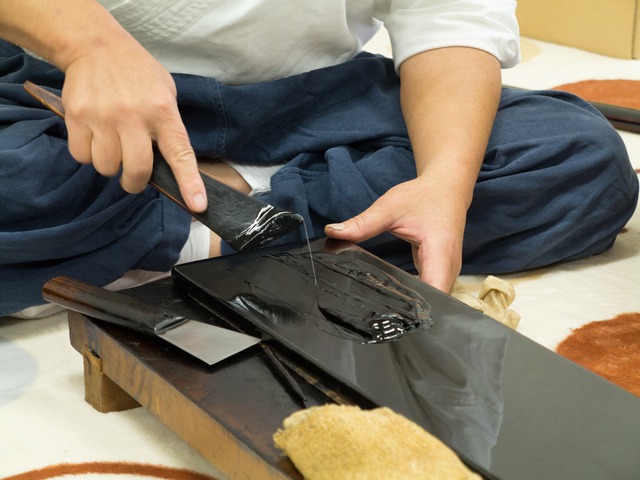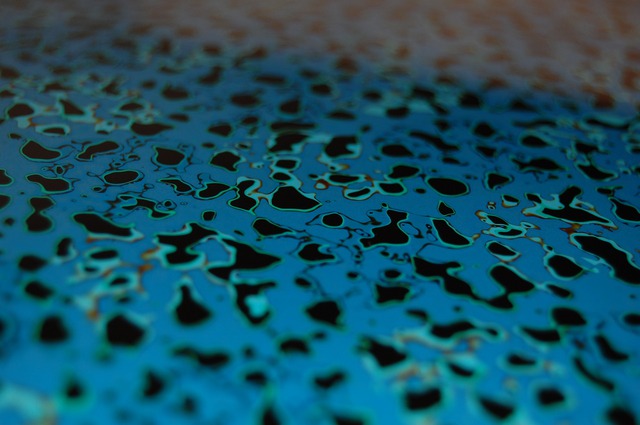
Get to know the attraction of lacquerware, Japanese traditional technique
Japanese traditional handcrafts are very popular both domestically and abroad thanks to its sensitive, professional craftsmanship and the perfection of its appearance. There are a lot of traditional crafts throughout Japan. In fact, it is believed that there are some 1,200 kinds. Today I would like to introduce lacquerware, a popular souvenir with both beauty and utility.
This post may contain affiliate links. If you buy through them, we may earn a commission at no additional cost to you.
Lacquerware is made by wood or paper coated with the sap of the lacquer tree.
It has a long history, originally believing to have originated in China some 6,200 years ago with the discovery of old lacquerware found at the Hemudu site.
More recently, six lacquered decorations were found at the Kakinoshima site in Hokkaido that were confirmed to be 9,000 years old.
Similarly, a 12,600 year old lacquer branch was found in Fukui prefecture and confirmed as a Japanese endemic species. It is believed to be the oldest piece of lacquer in the world.
Because of this, it is generally thought that lacquer originated from Japan. Today, lacquerware are called 'japanese' just like porcelain ceramics are called 'china'.
There are many crafts made with lacquer all over Japan. Each variety has a different name, distinct to the area it is from, as well as unique techniques that are still inherited and preserved to this day. Distinctive features can vary wildly between regions, but all share an astounding beauty. One unique feature of lacquerware is that the more it is used, the more the color and texture changes.
Please enjoy looking at beautiful lacquerware Japan is proud of!
Tsugaru-nuri/Tsugaru region, Aomori
Tsugaru-nuri has four basic techniques (Kara-nuri, Nanako-nuri, Monsha-nuri and NIshiki-nuri). In each of these four techniques, there are 48 steps to complete the process of coating the lacquer... it takes a lot of time! These original, colorful, patterns of Tsugaru-nuri are not painted on surface. They are made in a process of coating, polishing and grinding. That is why the colors run so deep. You can truly feel its strength deep through to the very center of each piece.
Hidehira-nuri/Hiraizumi, Iwate
The origin of this Hidehira-nuri goes back to the Heian period (794-1185). Fujiwara Hidehira, who prospered in modern day Iwate, called on professionals to make kitchenware made of lacquer and gold. Now, these are special products to this area. Hidehira-nuri has three big steps: (1) 'Kiji', make the shape from raw timber, (2) 'Nuri', coating lacquer on the shape, and (3) 'Kashoku', decorating them by drawing gold leaf. Each piece of Hidehira-nuri is made by the coordination of three different professional craftsmen who are in charge of each step.
Aizu-nuri/Aizu region, Fukushima
Aizu-nuri has a history of over 400 years. It is famous for its gorgeous decorations made with gold leaf or powder. "Makie" is one of their unique techniques to decorate them. They draw with lacquer and colored pigment powders or gold powder. They use many techniques to decorate each piece, giving a very gorgeous and luxurious feel to lacquerware.
Kyo-shikki/Kyoto
Kyo-shikki is one of the most popular lacquerware types to represent Japan. Compare d with other lacquerware, they use a very thin base with simple and sophisticated decorations.
This lacquerware is the only one which has the face of "wabi" and "sabi", two important sense of Japanese aesthetic beauty. Because of this, they are often regarded as art crafts rather than daily use wares.
Wajima-nuri/Wajima, Ishikawa
Wajima-nuri is very famous as the most practical lacquerware. They use a very thick base and coat them with lacquer over and over again- it takes 124 steps! The large number of coats make these very tough, with a thick and deep texture. Because of all of these complicated steps they are well known for their longevity, sometimes being passed down from generation to generation.
The information in this article is accurate at the time of publication.









